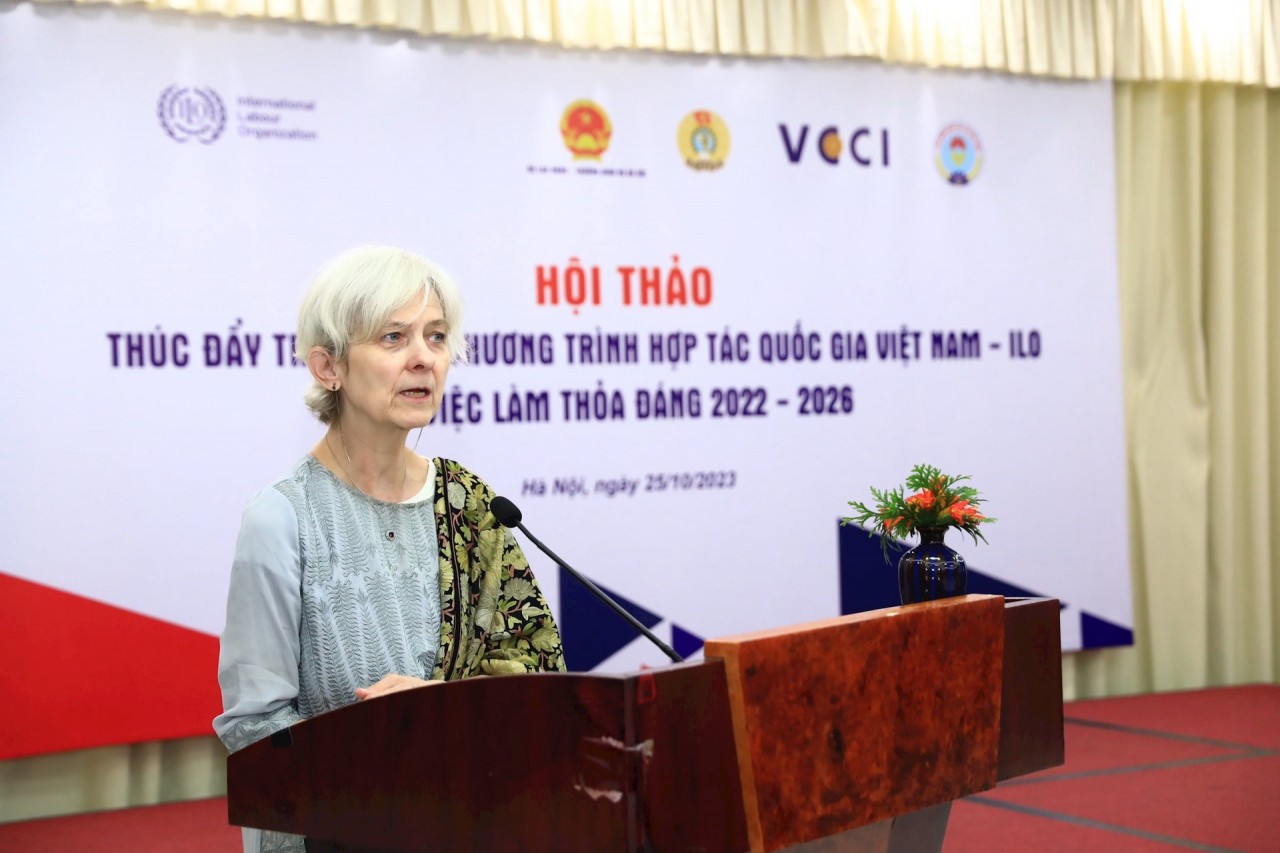Revised Labour Code: Women no longer prohibited from certain jobs
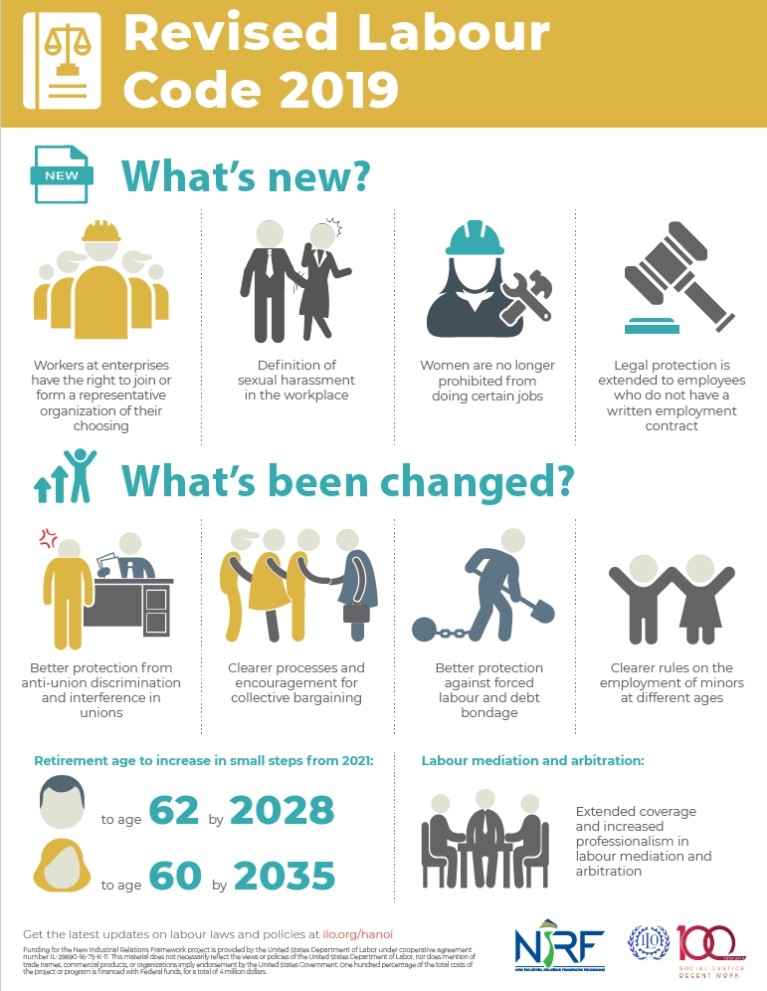 |
| Infographic on key changes of the revised Labour Code. Source: International Labour Organisation ILO |
According to the International Labour Organisation (ILO), the fifth edition of the Labour Code (following its 1994, 2002, 2006 and 2012 versions) creates an improved legal framework for employment relations, working conditions, and the representation of employers and workers. It also places greater emphasis on the use of voluntary collective negotiations, which are required for a modern socialist-oriented market economy in the process of deeper global integration.
The most important change in the revised Labour Code, comprising 17 chapters with 220 articles, is the ability of workers in enterprises to exercise their rights to form or join a representative organisation of their own choosing.
The progress can be seen in new definitions for discrimination and harassment and new freedoms given to workers to leave their job upon condition of giving appropriate notice. The code also provides clearer guidance relating to forced labour and minor workers, which make it easier for employers to understand what is and is not permitted and should enhance the ability of labour inspectors to advise and enforce in these areas.
Another big improvement is the expansion of the scope of the Labour Code to protect workers who are employed but have not been provided with written employment contracts./.
Recommended
 National
National
Vietnam News Today (Dec. 17): JICA Praised for Contributions to Vietnam’s Development Over Past 30 Years
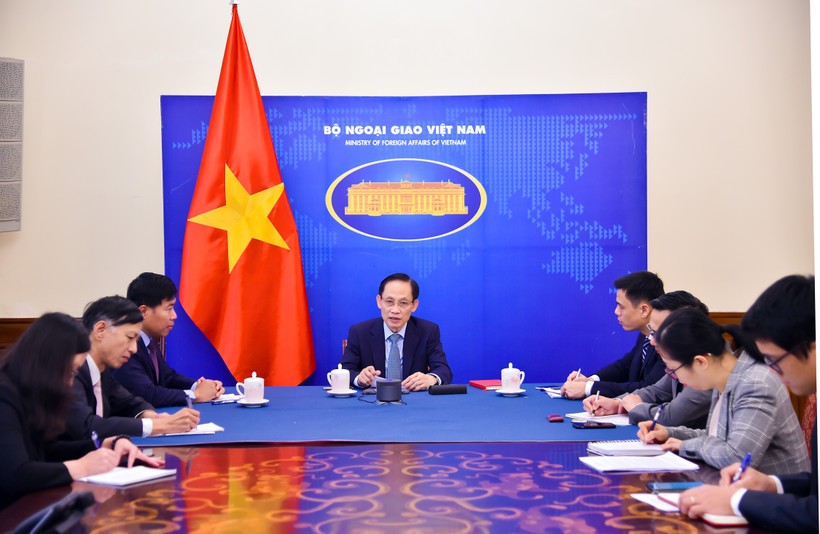 National
National
Vietnam News Today (Dec. 16): Vietnamese, Philippine Foreign Ministers Hold Phone Talks
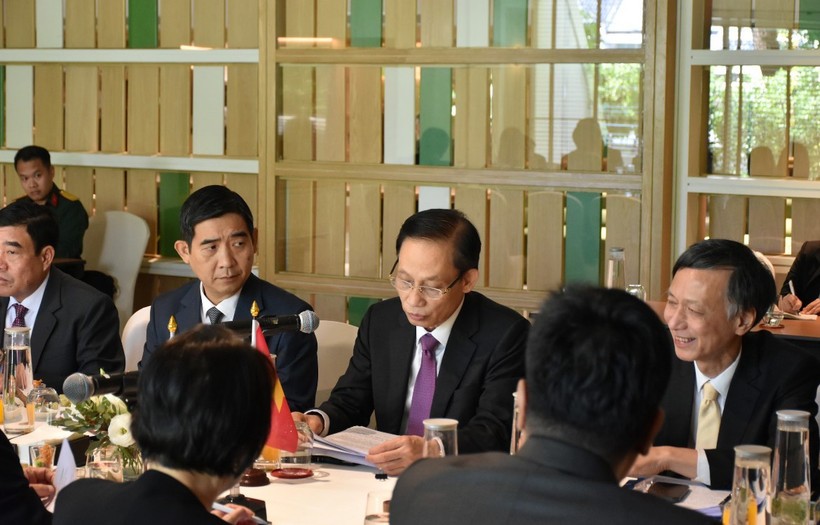 National
National
Vietnam News Today (Dec. 15): Vietnamese, Thai FMs Discuss Measures to Strengthen Bilateral Ties
 National
National
Vietnam News Today (Dec. 14): US, Vietnam Mark Continued Humanitarian Cooperation With MIA Repatriation
Popular article
 National
National
Vietnam News Today (Dec. 13): Russia-Vietnam Forum Marks 75 Years of Cooperation
 National
National
Vietnam News Today (Dec. 12): Vietnam, Japan Eye Stronger Naval Cooperation
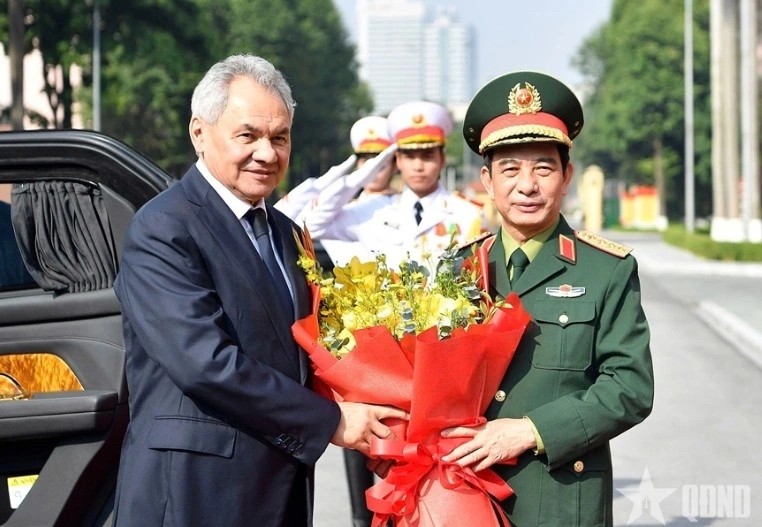 National
National
Vietnam News Today (Dec. 11): Russia, Vietnam Affirm Defense Ties as Pillar of Strategic Partnership
 National
National








